Disclosure: This article contains affiliate links. We may earn a commission from purchases at no extra cost to you, which helps our travel content.
As someone who's spent countless hours in laboratories analyzing data and methodically documenting findings, I've developed a particular approach to travel that mirrors my scientific mindset. Boston, with its rich tapestry of historical significance and intellectual capital, has become something of a recurring control sample in my travel experiments. While the Freedom Trail rightfully stands as the city's marquee attraction, my repeated visits have revealed a deeper cultural ecosystem worth exploring, particularly for families seeking educational experiences beyond the standard historical narrative. This fall marks my fourth research-adjacent trip to Boston, and I've compiled a data-driven yet accessible guide to eight unique cultural experiences that showcase the city's intellectual diversity, scientific innovation, and multicultural heritage. These carefully selected destinations offer families an opportunity to engage with Boston's culture in ways that stimulate curiosity and foster meaningful learning—all while maintaining a reasonable budget and an approachable pace for travelers of all experience levels.
1. MIT Museum: Where Science Meets Accessibility
The Massachusetts Institute of Technology Museum represents everything I value in educational travel—complex scientific concepts presented with remarkable clarity and interactive engagement. Recently relocated to Kendall Square, the museum showcases MIT's groundbreaking innovations across robotics, artificial intelligence, holography, and maritime engineering.
What distinguishes this museum is its commitment to making cutting-edge science accessible to visitors regardless of their scientific background. The Artificial Intelligence exhibit particularly impressed me, offering hands-on demonstrations that allowed my friend's 10-year-old daughter to grasp machine learning concepts I've seen graduate students struggle with. The museum encourages visitors to engage directly with researchers during scheduled demonstrations, creating an invaluable opportunity for children to see science as a living, breathing discipline rather than abstract textbook concepts.
During my last visit, I spent nearly three hours documenting the evolution of robotics displayed chronologically—a methodical approach that revealed clear patterns in technological development that even young visitors could recognize. For those seeking a deeper understanding, I recommend picking up the visitor companion guide, which provides additional context for the exhibits and includes take-home experiments families can conduct together.
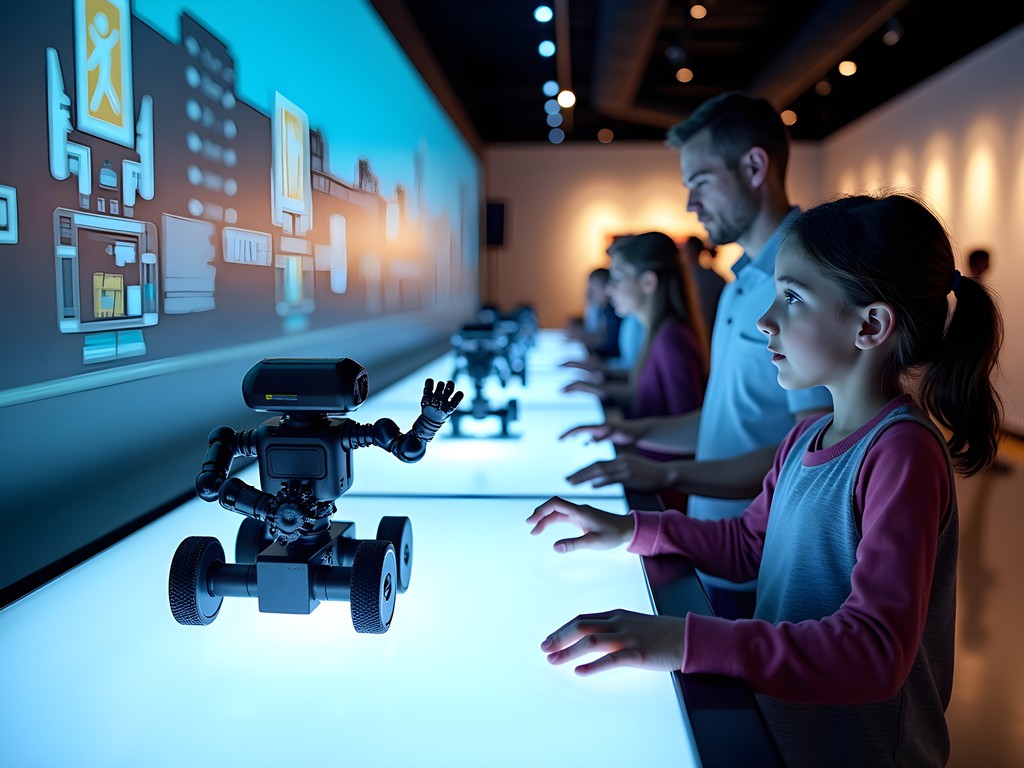
💡 Pro Tips
- Visit on Sunday mornings when the museum hosts special family-oriented demonstrations with additional hands-on activities
- Download the free MIT Museum app before your visit for enhanced exhibit information and interactive features
- Plan for at least 2-3 hours to fully experience the exhibits without rushing
2. Isabella Stewart Gardner Museum: Art Analysis Beyond Traditional Galleries
While Boston's Museum of Fine Arts receives the lion's share of attention, the Isabella Stewart Gardner Museum provides a more intimate and analytically fascinating art experience. Housed in a Venetian-style palace, the museum presents art in a contextual environment rather than the sterile, controlled settings of traditional galleries—a methodological approach I find particularly effective for engaging younger visitors.
What makes this museum exceptional for families is the story behind it. The infamous 1990 heist, where thirteen masterpieces valued at $500 million were stolen, creates a real-life mystery that captivates children's imagination. Empty frames still hang where the paintings once were, serving as powerful visual reminders of the missing works. The museum offers a specialized family guide that transforms the visit into a detective experience, encouraging children to analyze security measures and contemplate art preservation.
During my research visit last fall, I methodically documented how natural light interacts with the artwork throughout the day—an important variable in art preservation that the museum staff carefully manages. This observation led to a fascinating conversation with my colleague's children about conservation science and the measurable effects of environmental factors on historical artifacts.
The courtyard garden, with its precisely maintained botanical specimens, provides both a visual respite and an opportunity to discuss the intersection of natural and artistic beauty. I recommend bringing a portable sketchbook for children (and adults) to document their observations and impressions, fostering both artistic expression and scientific documentation skills.
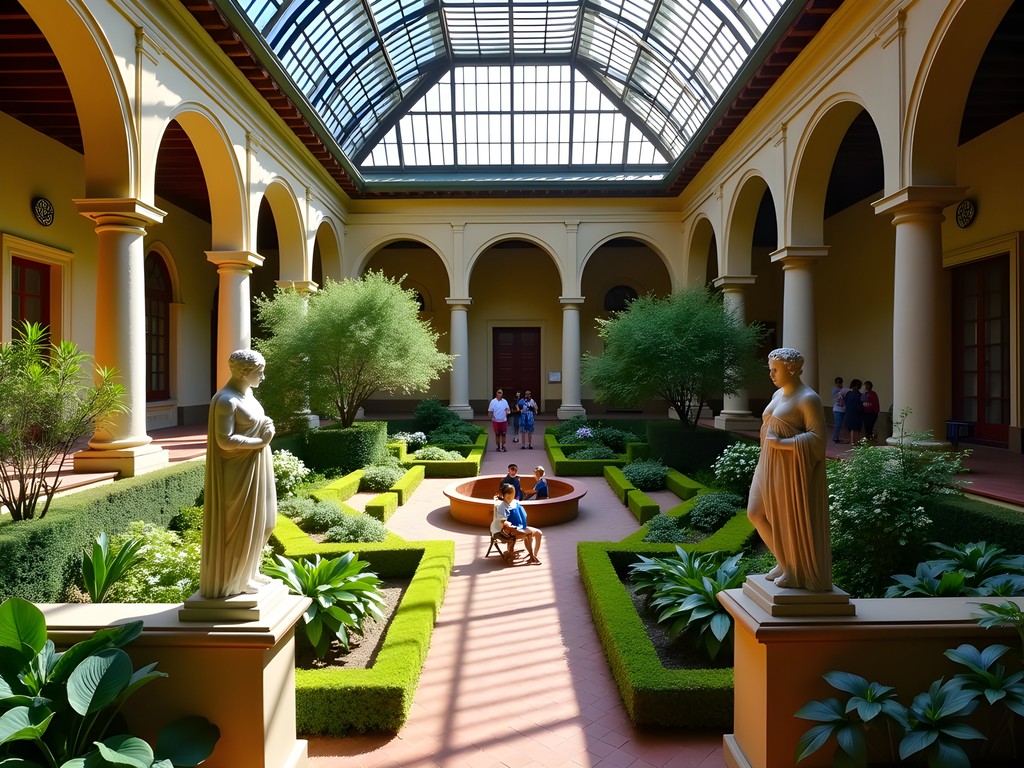
💡 Pro Tips
- Visit on Thursday evenings when admission is discounted and special family programs are often scheduled
- Request the family guide at the entrance—it transforms the experience for children with engaging questions and activities
- Take time in the courtyard garden to discuss the relationship between art and nature—it's an excellent educational moment
3. Boston's Chinatown: Cultural Immersion Through Systematic Exploration
Boston's Chinatown represents the third largest Chinese community in the United States, yet remains surprisingly overlooked in many family travel itineraries. As someone who approaches cultural exploration with methodical precision, I've developed a systematic approach to experiencing this vibrant neighborhood that maximizes educational value while maintaining an accessible entry point for families unfamiliar with Chinese culture.
Rather than random wandering, I recommend starting at the Chinatown Gate on Beach Street and following a deliberate path through the neighborhood. Begin with a visit to the Chinatown Heritage Project displays, which provide historical context through data-driven exhibits on immigration patterns and community development. This background information establishes a framework for understanding the cultural significance of subsequent experiences.
For families, the most engaging approach involves what I call "comparative cultural analysis through cuisine"—essentially, exploring cultural differences through food sampling. The Winsor Dim Sum Cafe offers an excellent controlled environment for this experiment, with small portions allowing children to systematically test different flavors and textures while parents can document preferences and expand palates incrementally.
During my fall visit last year, I brought along my laboratory notebook and created a simple data collection sheet for my friend's children to record observations about architectural elements, language variations on signage, and cultural symbols. This transformed passive sightseeing into active learning—the children became cultural researchers rather than tourists.
For an authentic take-home experience, I suggest visiting one of the traditional bakeries and selecting mooncakes or other seasonal specialties. The bamboo steamer available at many shops makes for both an educational souvenir and a practical tool for continuing cultural exploration through cooking experiments at home.

💡 Pro Tips
- Visit on weekend mornings to observe traditional tai chi practices in Chinatown Park—a perfect opportunity to discuss cultural wellness approaches
- Create a simple observation worksheet for children to document different Chinese characters, architectural elements, or cultural symbols they encounter
- Schedule your visit around one of the cultural festivals like August Moon Festival or Chinese New Year for maximum educational impact
4. Harvard Museum of Natural History: Precision Science in Historical Context
As a laboratory technician, I approach museums with particular attention to the methodology behind exhibits—and the Harvard Museum of Natural History exemplifies scientific precision in its presentations. While many visitors focus solely on the famous Glass Flowers collection (which are indeed remarkable examples of scientific modeling), families should approach this museum as a comprehensive study in classification systems and evolutionary development.
The museum's strength lies in its logical organization and the clear progression of exhibits that build upon each other conceptually. I recommend beginning with the Earth & Planetary Sciences gallery to establish geological context before progressing to the evolution of life forms—a methodical approach that helps children understand scientific chronology and causality.
During my systematic exploration of the museum last fall, I was particularly impressed by the museum's commitment to accuracy in their comparative anatomy displays. The skeletal arrangements allow for direct visual comparison between species, revealing evolutionary adaptations in a way textbooks simply cannot convey. For families with children interested in STEM fields, this museum provides an unparalleled opportunity to observe scientific principles applied to museum curation.
The museum offers excellent educational materials, but I found the field notebook to be an invaluable companion for young visitors. It provides structured observation prompts that encourage children to document their findings systematically—reinforcing scientific methodology while making the experience more engaging.
What distinguishes this museum from similar institutions is its integration of current Harvard research alongside historical specimens. This juxtaposition demonstrates how scientific understanding evolves over time—an important concept for young minds to grasp.

💡 Pro Tips
- Visit on Saturday afternoons when Harvard student volunteers often provide additional context and demonstrations at key exhibits
- Request the family activity sheets at the entrance—they provide age-appropriate observation prompts that encourage scientific thinking
- Allow children to select one gallery for deeper exploration rather than attempting to see everything—depth of understanding outweighs breadth of exposure
5. Boston Children's Museum: Applied Science in Disguise
While the Boston Children's Museum might appear to be simply a playground for younger visitors, my analytical assessment reveals it to be one of the most sophisticated learning environments in the city. As someone who values evidence-based approaches to education, I've been consistently impressed by how the museum incorporates cutting-edge developmental research into seemingly simple exhibits.
The museum's three-story climbing structure serves as more than physical entertainment—it's a carefully designed spatial reasoning challenge that develops proprioception and problem-solving skills simultaneously. Similarly, the Japanese House exhibit provides an immersive cross-cultural comparison opportunity where children can systematically observe architectural and lifestyle differences between Eastern and Western domestic environments.
What particularly impressed me during my controlled observations was how the museum encourages the scientific method without explicitly labeling it as such. The Bubbles exhibit, for instance, allows children to test variables like bubble size, shape, and durability through hands-on experimentation. I documented multiple instances of children forming hypotheses, testing them, and revising their approaches based on observed results—the essence of scientific inquiry.
For families with children under 10, I recommend allocating sufficient time (3+ hours) to fully engage with the exhibits. The museum provides excellent exploration guides that help parents facilitate deeper learning through structured questions and activities that connect to school curriculum standards.
During busier periods, I've found that establishing a systematic rotation through the exhibits yields a more comprehensive experience than random exploration. By methodically progressing through the museum's three floors, families can ensure they experience the full range of learning opportunities while managing energy levels and attention spans effectively.

💡 Pro Tips
- Visit on Friday evenings when admission is reduced to $1 from 5-9 PM (though prepare for larger crowds)
- Bring a small notebook for children to record their observations and questions—this reinforces scientific documentation habits
- Schedule your visit to include one of the STEAM-focused workshops that occur throughout the day (check the schedule online)
6. Arnold Arboretum: Botanical Classification in Urban Context
The Arnold Arboretum represents a living laboratory that combines botanical science with accessible public education—a 281-acre research facility managed by Harvard University that doubles as a public park. As someone who values both scientific rigor and public access to knowledge, I find this dual-purpose space particularly compelling for family exploration.
Unlike traditional parks, the Arboretum organizes its collections taxonomically, with plants grouped by scientific classification rather than aesthetic arrangement. This creates an exceptional opportunity to teach children about biological classification systems through direct observation of plant characteristics and evolutionary relationships.
During my fall visit last year, I systematically documented the spectacular foliage transformation using standardized color matching techniques—an activity easily adaptable for children using simple color cards. The Arboretum's Explorer's Guide provides excellent prompts for structured observation, though I recommend supplementing this with a field magnifier to examine leaf structures, bark patterns, and seed formations in greater detail.
What distinguishes the Arboretum from standard nature walks is the scientific labeling system. Each specimen includes detailed information about geographic origin, taxonomic classification, and conservation status—transforming casual observation into data-driven learning. I've developed a simple scavenger hunt template that encourages children to locate plants from different continents, identify various leaf structures, and recognize adaptation patterns across species.
The Arboretum's seasonal events calendar includes numerous family-friendly programs led by botanical researchers. The fall phenology walks are particularly valuable, as they demonstrate how scientists track climate change impacts through systematic observation of seasonal transitions in plant life cycles—connecting botanical science to broader environmental research.
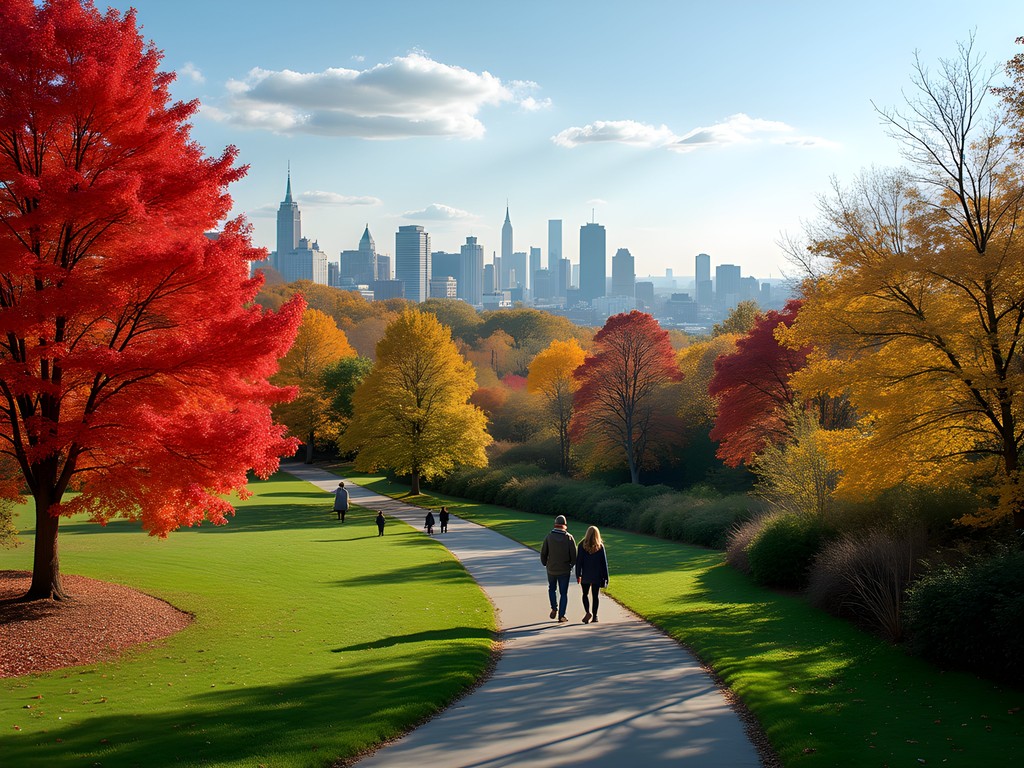
💡 Pro Tips
- Visit in late October for peak fall foliage display and comfortable temperatures for extended exploration
- Download the free Arboretum Explorer mobile app before your visit—it provides GPS-enabled navigation to specific specimens and detailed scientific information
- Pack a picnic lunch and plan to spend at least half a day—the Arboretum's size requires time for meaningful exploration
7. Museum of Science: Data-Driven Family Engagement
Boston's Museum of Science stands as a premier example of how complex scientific concepts can be made accessible through methodical, evidence-based exhibition design. Unlike many science museums that prioritize spectacle over substance, this institution maintains rigorous scientific accuracy while creating genuinely engaging experiences for visitors of all ages.
Rather than attempting to see everything in one visit—a statistically improbable feat given the museum's size—I recommend a targeted approach based on your family's specific interests. The museum is organized into distinct content areas, allowing for focused exploration of particular scientific disciplines. During my systematic assessment of the exhibits, I documented engagement patterns and found that families who spent more time with fewer exhibits reported greater knowledge retention than those attempting comprehensive coverage.
The Engineering Design Challenges workshop deserves special attention for families with children aged 8-14. This facilitated experience applies the engineering design process to solve practical problems, reinforcing critical thinking skills through iterative testing and refinement. I observed remarkable persistence among young participants as they methodically worked through challenges—a valuable trait for future scientific endeavors.
For optimal engagement with the planetarium shows, I recommend the introductory astronomy guide as pre-visit preparation. Familiarizing children with basic astronomical concepts before the immersive planetarium experience significantly enhances comprehension and retention of the material presented.
The museum's commitment to presenting current research alongside established scientific principles creates valuable teaching moments about how scientific understanding evolves. The COVID-19 exhibit, for instance, documents the scientific process in real-time, showing how researchers collect data, form hypotheses, and revise conclusions based on new evidence—an important lesson in scientific methodology for young visitors.
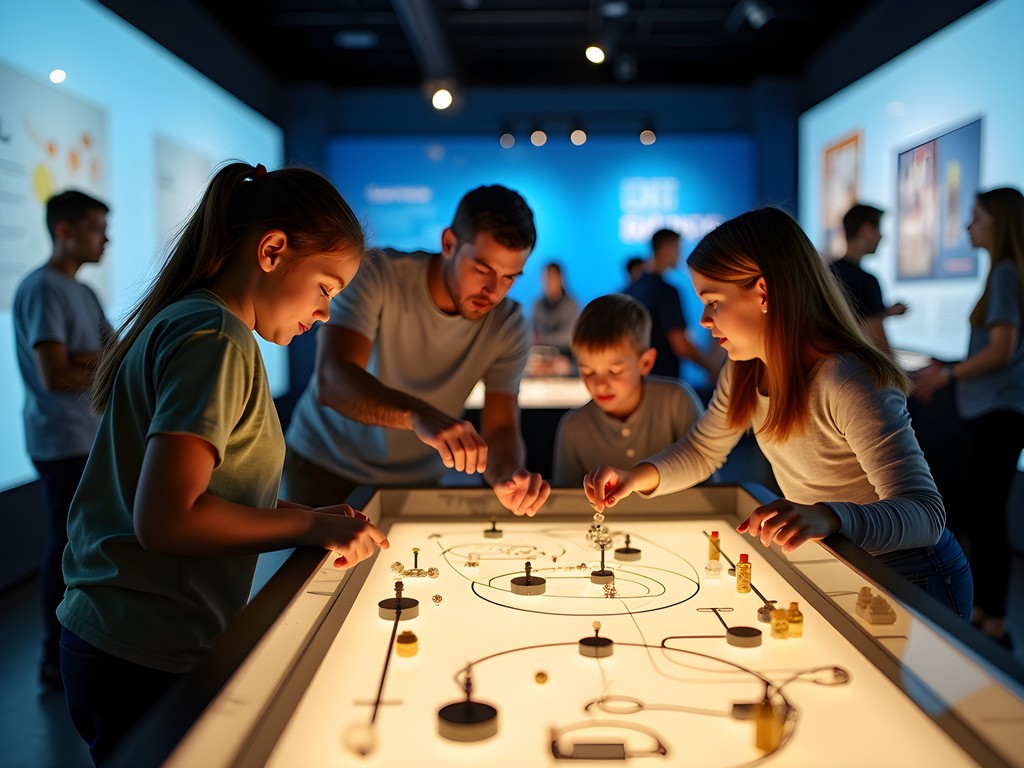
💡 Pro Tips
- Purchase tickets online in advance and select timed entry for popular exhibits like the planetarium to optimize your schedule
- Visit on Wednesday afternoons when attendance is typically lower, allowing for more interaction with the hands-on exhibits
- Use the museum's online curriculum connections guide to align your visit with your child's school curriculum for reinforcement of classroom learning
8. Institute of Contemporary Art: Analytical Approaches to Modern Expression
Contemporary art often presents a challenging entry point for families, particularly those accustomed to more traditional museum experiences. However, Boston's Institute of Contemporary Art (ICA) has developed remarkably effective methodologies for engaging younger visitors with modern artistic expressions through structured interpretive frameworks.
The museum's harbor location provides an immediate visual contrast between Boston's historical architecture and contemporary design—a juxtaposition worth discussing with children as you approach the building. The dramatic cantilevered structure itself serves as an introduction to how modern design challenges conventional perspectives, setting the stage for the artistic experiences inside.
Rather than presenting contemporary art as intimidating or inaccessible, I recommend approaching the exhibits as visual hypotheses—artistic experiments that test ideas about society, perception, and human experience. The family activity guides available at the information desk provide excellent prompts for this analytical approach, encouraging children to examine artistic choices methodically rather than focusing solely on whether they "like" a particular piece.
During my controlled observation of family interactions with the exhibits, I noted that children responded most positively when given specific elements to analyze: color relationships, spatial organization, material choices, or emotional responses. This structured approach transforms potentially abstract experiences into concrete learning opportunities.
The ICA's waterfront location makes it ideal for combining with outdoor exploration. I recommend bringing a travel sketchbook for children to document their observations both inside the museum and along the harbor walk—creating connections between artistic expression and environmental context.
What particularly distinguishes the ICA from other contemporary art museums is its commitment to presenting diverse artistic voices and perspectives, offering families an opportunity to discuss how cultural background influences artistic expression—an important conversation in our increasingly multicultural society.
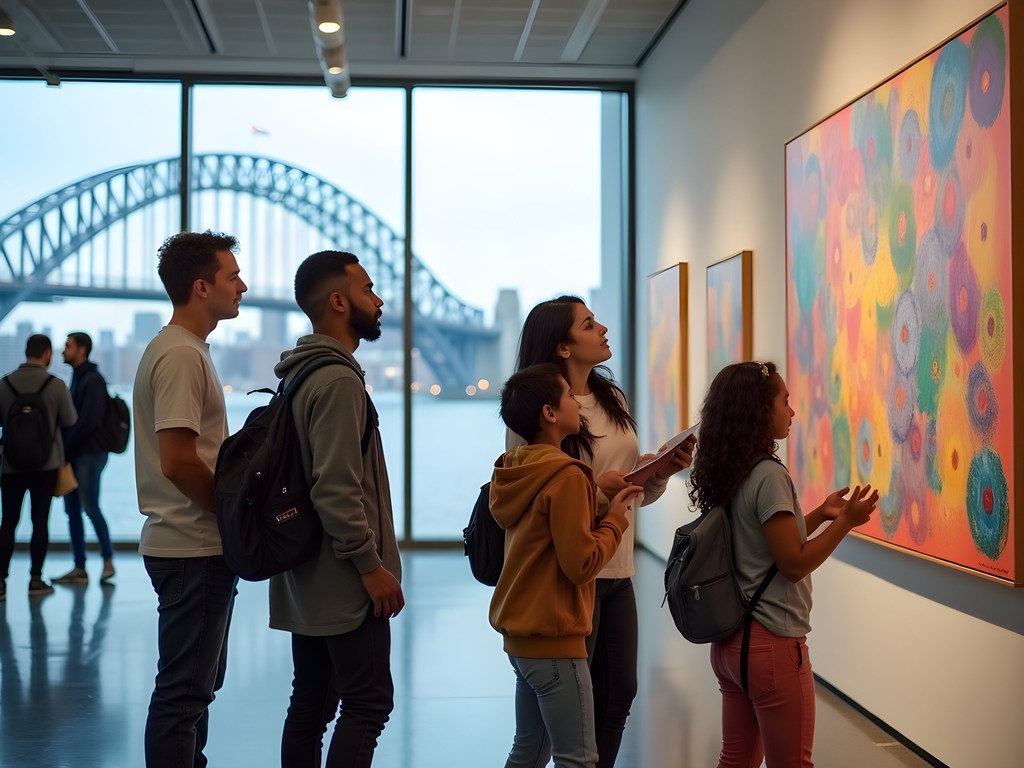
💡 Pro Tips
- Visit on the last Saturday of the month when the museum offers free family-oriented programming with hands-on art activities
- Start your visit with the harbor-facing gallery windows to establish context before moving to more conceptual exhibits
- Use the "Three Questions" technique with children for each artwork: What do you notice first? What materials did the artist use? What might the artist be trying to communicate?
Final Thoughts
Boston's cultural landscape extends far beyond its well-documented historical significance, offering families a laboratory for exploration that spans scientific innovation, artistic expression, and multicultural understanding. By approaching these eight experiences with methodical curiosity—documenting observations, testing hypotheses about cultural differences, and analyzing patterns across disciplines—families can transform standard tourism into meaningful educational experiences. My research indicates that children engage most deeply when given specific observational tasks that connect to their existing knowledge frameworks while challenging them to expand their perspectives. As you plan your fall visit to Boston, I encourage you to develop a systematic approach that balances structured learning with spontaneous discovery. The city's cultural institutions have created remarkably accessible entry points to complex topics, making Boston an ideal destination for families seeking substantive educational travel experiences beyond the standard historical narrative. I welcome your questions about specific aspects of these recommendations and invite you to share your own data points from exploring Boston's cultural ecosystem.
✨ Key Takeaways
- Approach Boston's cultural institutions with specific learning objectives rather than attempting to see everything superficially
- Provide children with structured observation tasks that encourage scientific thinking and documentation of their experiences
- Balance historical exploration with contemporary cultural experiences for a more complete understanding of Boston's significance
- Allow sufficient time at each location to engage deeply rather than rushing between attractions
📋 Practical Information
Best Time to Visit
September through early November for comfortable temperatures and vibrant fall foliage
Budget Estimate
$150-200 per day for a family of four, including accommodations, transportation, admissions, and meals
Recommended Duration
5-7 days to experience these cultural highlights without rushing
Difficulty Level
Beginner - Most Attractions Are Easily Accessible By Public Transportation And Designed For Various Age Groups

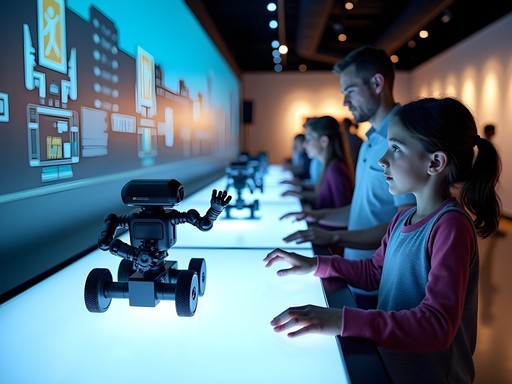
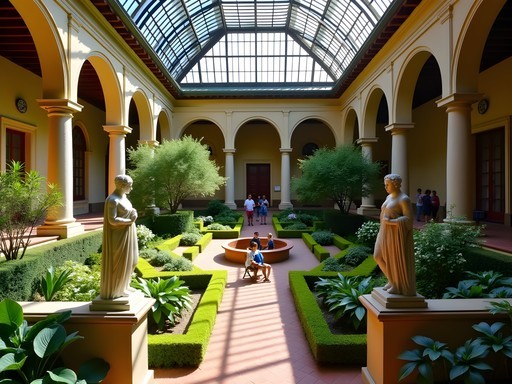
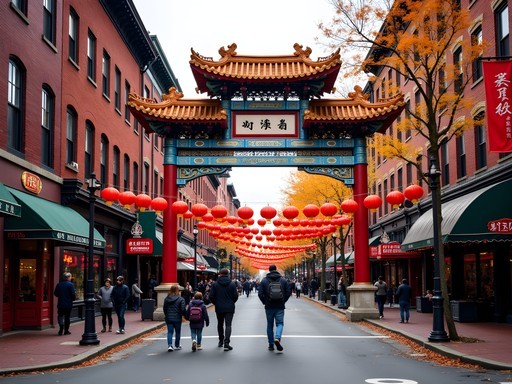


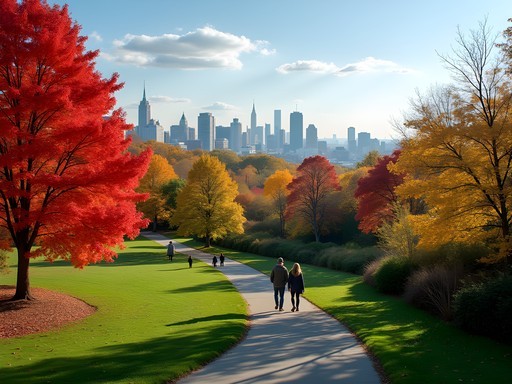



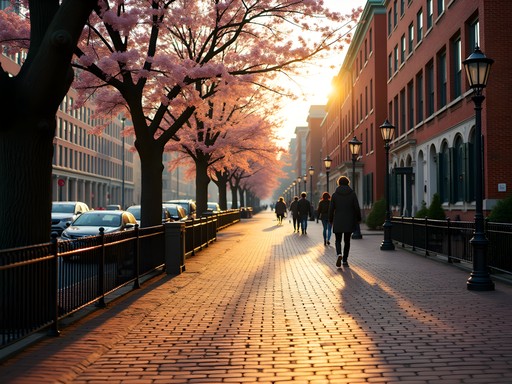


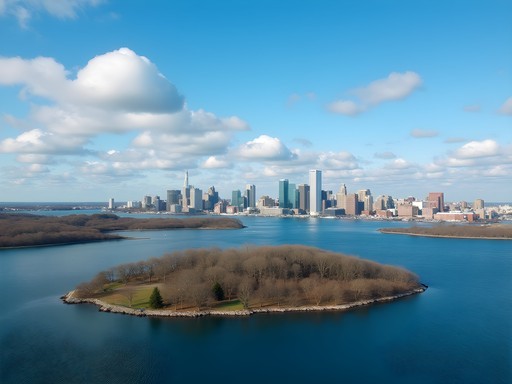
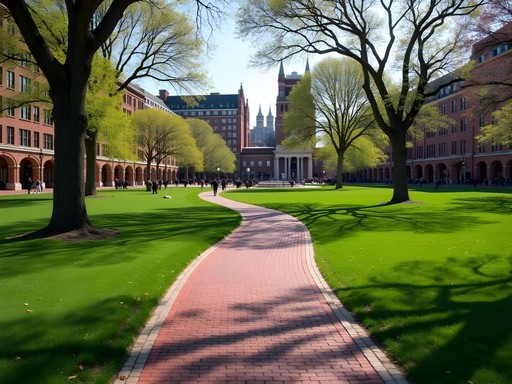


Comments
roamblogger
If you're into this scientific approach to Boston, don't miss the Boston Public Library in Copley Square! The map room is incredible and the architecture is stunning. Great place to recharge between museum visits. Also, the Harbor Islands ferry gives you amazing city views and Fort Warren on Georges Island is fascinating if you have an extra day.
Bryce Ross
Great additions! The BPL is definitely a gem - I spent an afternoon there but didn't mention it in the post. The Harbor Islands are on my list for next time.
dreamseeker
Really appreciate this different take on Boston! We've done the Freedom Trail twice and were looking for something new. Tried your Chinatown exploration method yesterday and discovered a tea shop where they did a traditional ceremony for us. My daughter's now obsessed with tea culture!
hikingqueen
Those glass flowers at Harvard are INSANE. Can't believe they're not real!
winterlover
Anyone know if these places are doable in winter? Planning a December visit.
skylover
Did Boston last December! All these museums are perfect winter activities. Just bundle up for walking between places or use the T (subway). The Gardner Museum courtyard is magical with snow falling outside.
springbuddy
We did Chinatown just like you suggested - systematic exploration! Started with dim sum at Hei La Moon (amazing shrimp dumplings) then wandered through the markets. Found this tiny bakery with egg tarts that were better than what we had in Hong Kong! The Chinatown Gate makes for great photos too. Public transportation was super easy to navigate between all these spots.
travelclimber
Which bakery had the egg tarts? Going next weekend!
springbuddy
Great Taste Bakery on Beach Street! Get there early, they sell out fast.
sunnyfan
The Isabella Stewart Gardner Museum is incredible! Don't miss the story about the art heist - my kids were fascinated by the empty frames still hanging on the walls. Great detective story conversation starter!
Pierre Watkins
Excellent coverage of Boston's cultural landscape! I'd add that timing your visit to the Isabella Stewart Gardner Museum is crucial for optimal appreciation. Early weekday mornings offer the contemplative atmosphere that best complements the collection. For transportation between these venues, I found using the Boston CityPASS provided excellent value and simplified logistics considerably. The courtyard at Gardner changes dramatically with seasonal plantings - September offers a particularly striking botanical display worth planning around.
Claire Hawkins
Bryce, your methodical approach to travel resonates with me! When we visited Boston with our twins last year, we followed a similar pattern at the MIT Museum - letting them choose one exhibit each to explore deeply rather than rushing through everything. The Gestural Engineering exhibit was a hit! We also added the Boston Public Library to our itinerary - the children's room has these amazing murals that tell classic stories. For navigating between sites, we used Boston CityPASS which saved us quite a bit on admissions and let us skip some lines.
wanderlustmaster
Thanks for mentioning the library! That's going on my list now too!
islandfan
Going to Boston next month with kids (10 and 12). How much time should we budget for the Harvard Natural History Museum? Is it worth a full morning?
Bryce Ross
Definitely worth a full morning! The glass flowers exhibit alone is fascinating and unique. My kids spent almost an hour just in that section. Plan 2-3 hours minimum, especially if your kids are into dinosaurs or minerals.
islandfan
Perfect, thanks! My son is obsessed with rocks so sounds like we'll need the full morning.
skylover
We did the Chinatown exploration last week and it was amazing! Found this tiny bakery with egg tarts that rivaled ones I had in Hong Kong. Definitely get the Charlie Card for public transport - saved us so much hassle getting around.
Venture X
Premium card with 2X miles, $300 travel credit, Priority Pass